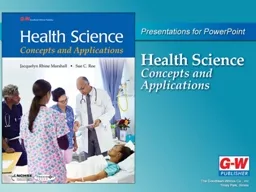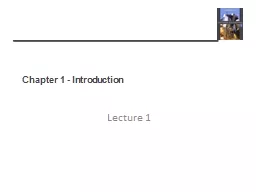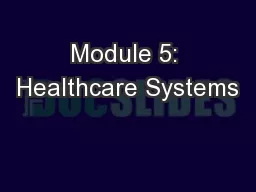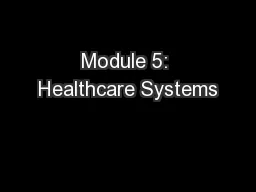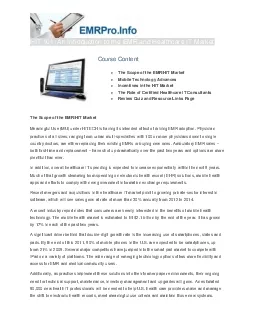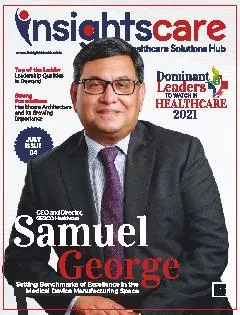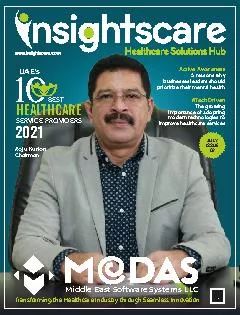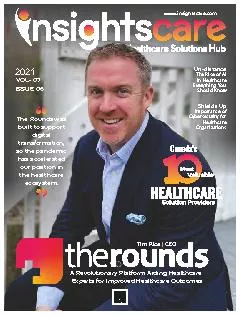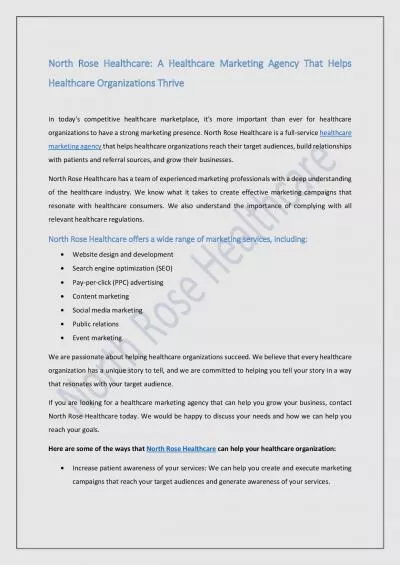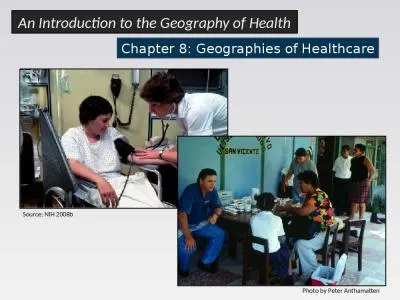PPT-CHAPTER 1 Introduction to Healthcare Systems
Author : markes | Published Date : 2020-06-23
Discussion In which areas must successful healthcare students have knowledge and skills oral and written communications employability skills and teamwork legal and
Presentation Embed Code
Download Presentation
Download Presentation The PPT/PDF document "CHAPTER 1 Introduction to Healthcare Sys..." is the property of its rightful owner. Permission is granted to download and print the materials on this website for personal, non-commercial use only, and to display it on your personal computer provided you do not modify the materials and that you retain all copyright notices contained in the materials. By downloading content from our website, you accept the terms of this agreement.
CHAPTER 1 Introduction to Healthcare Systems: Transcript
Download Rules Of Document
"CHAPTER 1 Introduction to Healthcare Systems"The content belongs to its owner. You may download and print it for personal use, without modification, and keep all copyright notices. By downloading, you agree to these terms.
Related Documents

